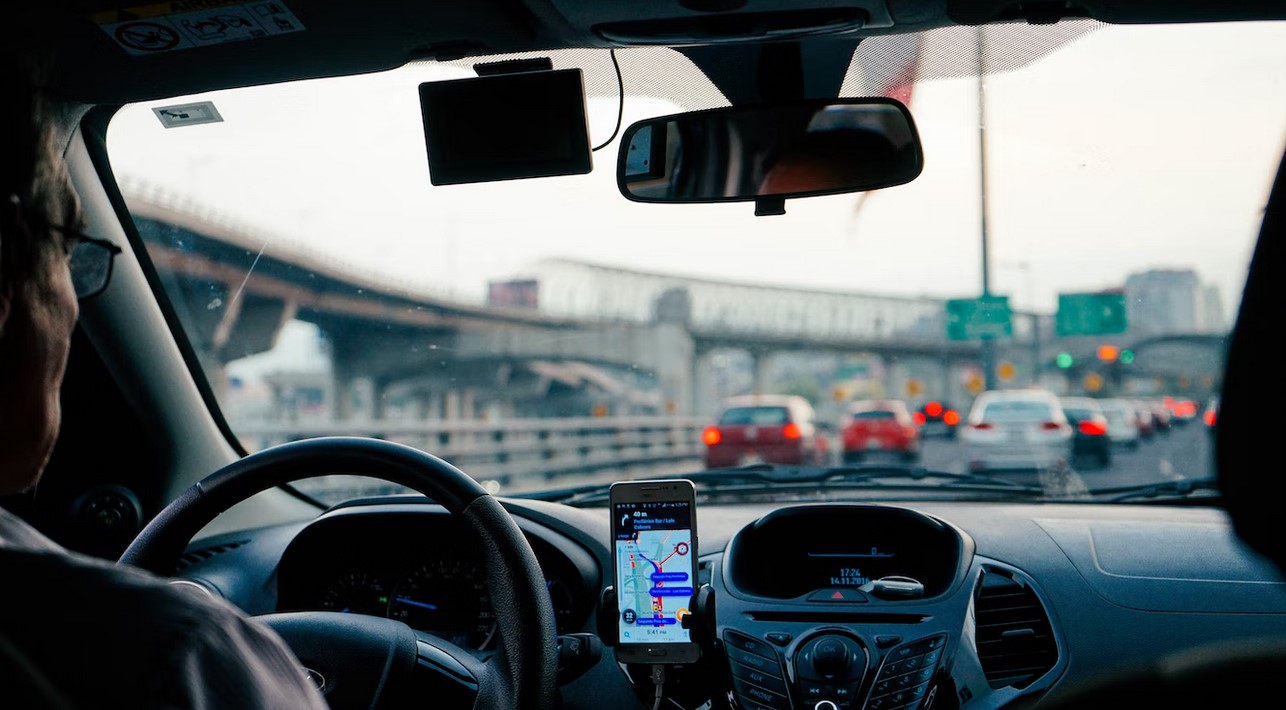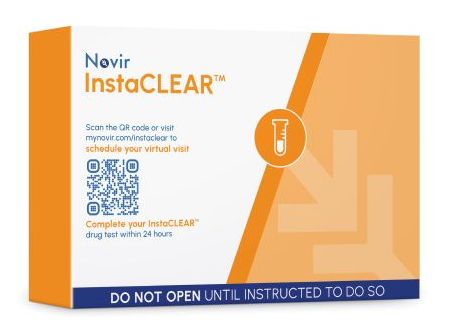Debunking Myths about Driving under the Influence of Marijuana
The Controlled Substances Act of 1970 makes it illegal to use or possess cannabis in the US for any reason, including weed and driving. Cannabis is classified as a Schedule I substance under this law, meaning it is considered to have a high potential for abuse and no accepted medical use. As a result, marijuana cannot be used for medical purposes, and driving under the influence of weed remains illegal.
However, many states have moved forward with legalizing medical or recreational cannabis, or both.
This article does not aim to challenge the legalization trend but focuses on understanding the risks to workplace and public safety, especially in relation to weed and driving. Legal marijuana use is here to stay, but it is crucial to address its potential dangers, especially on the road.
The Myth: Marijuana Impairs Drivers Less Than Alcohol
Many supporters of legalization compare marijuana use to alcohol and claim that marijuana is less harmful to drivers than alcohol. However, evidence contradicts this claim. A study found that the percentage of fatalities involving cannabis or both cannabis and alcohol doubled from 2000 to 2018, with cannabis often associated with alcohol.
As experts predicted, research now shows that making marijuana legal for recreational use increases the number of arrests for driving while impaired, even though the methods for figuring out impairment still aren’t very good. A Canadian study published in 2022 in the New England Journal of Medicine showed that after legalization, the number of people in one province found driving with levels of THC, the ingredient in marijuana that makes you feel high, that were above the legal limit more than doubled. States that have legalized marijuana have also seen a rise in car accidents involving drivers who were too drunk to drive.
There are myths circulating about driving after using weed. Myths that can lead some to believe that weed could actually make you a better driver. However, as we’ve mentioned, they are just that: myths!
Some facts, statistics and studies
1.Marijuana-impaired drivers are likely to drive too slowly, rather than too fast
You must have heard the joke: “Drunk drivers drive through the red lights. High drivers stop at all the green ones.” The data indicate otherwise (Mythbusters).
Driving while drunk has long been thought to be the most dangerous thing for drivers, and many people still think that driving while high is less dangerous. In fact, being high and driving can be just as dangerous as driving drunk.
Driving while drunk and driving while high are both dangerous. Both alcohol and marijuana can make it hard for you to drive safely. When you’re drunk, your reflexes are slower and you can’t keep your balance as well. When you’re high, your reflexes and coordination can also be affected. Both alcohol and marijuana make it hard to pay attention and make good choices.
There are some important differences between driving while drunk and driving while high. You might not be able to make good decisions when you’re drunk. Driving while high can also make you make bad decisions. Particularly, marijuana can make you feel uneasy and anxious, which makes it even harder to drive. And marijuana significantly impairs vision.
Crash blood paints an ugly picture. This from NPR in December 2022:
[J]ust over 54% of injured drivers had drugs or alcohol in their systems, with tetrahydrocannabinol (THC), an active ingredient in marijuana, the most prevalent, followed by alcohol, the study published … by the National Highway Traffic Safety Administration found.
Cannabis-induced paranoia can make driving dangerous because it could cause a panic attack on the road.
2. Marijuana-impaired drivers are safer than sober drivers
“Marijuana may impair judgment, motor coordination, and reaction time, and studies have found a direct relationship between blood THC concentration and impaired driving ability.” High drivers are not better drivers. They lack motor coordination and reaction time, and they also have an impaired judgement, all of these making the driver unfit for driving and unsafe for the other participants in traffic.
Also, cannabis makes it hard to know what’s safe and what’s not. In a randomized trial with 191 regular cannabis users (people who used the drug an average of 16 times a month), participants were told to smoke either THC cigarettes or placebo cigarettes for at least four puffs until they got as high as they wanted in 10 minutes. After 30 minutes, they were put through a series of driving simulations, which went on all day. Before each simulation, the people in the study were asked to rate how high they were and how much they should not have been driving.
After that first 30-minute break between smoking and driving, just under half of the people in the study who had smoked THC said they felt safe to drive. But after 90 minutes, almost 70% of them thought they were good to drive, even though the THC group did just as badly as the placebo group (and even worse) in the simulations.
3. You cannot overdose on marijuana
When it comes to alcohol, it is generally accepted that a single drink is 12 ounces of regular beer, 5 ounces of wine, or 1.5 ounces of distilled spirits. Since there is no agreed-upon unit of measure for cannabis, it’s hard for people to know how much they’ve actually consumed and how much is too much before hitting the road.
Driving while drunk is always a bad idea, but smoking a joint or taking an edible before you get behind the wheel can pose different risks. Experts say this is because of how marijuana affects the brain and because there is no standard dose for a drug that is illegal at the federal level. See this post for more info.
Can a marijuana overdose kill you? Not directly, but a ton of folks (including children) are ending up in the hospital.
4. Marijuana use is helpful for anxiety
There is definitely a connection between marijuana use and anxiety. People often say that they use or expect marijuana to help them relax or feel less stressed. On the other hand, anxiety and panic attacks are the most common short-term bad effects of being high on marijuana. So, how is it? Does weed help with anxiety or cause anxiety?
A lot of people think that marijuana can help with anxiety. A 2017 national survey with more than 9,000 participants found that 81% thought that marijuana had at least one health benefit. Almost half of these people said that “relief from anxiety, stress, and depression” was one of these benefits.
But it seems like just as many people say that marijuana makes them feel more anxious. Some people think that marijuana is a good way to deal with anxiety, while others think that it is the cause of anxiety. Studies show that using marijuana can cause depression, anxiety, thoughts of suicide, and episodes of psychosis. It seems a bit like a Russian roulette with unknown and potentially dramatic consequences.
What Happens When You Get Caught Driving High?
Drivers under the influence of weed can face dangerous consequences, including slower reactions, lane weaving, decreased coordination, and difficulty reacting to signals and sounds on the road. Weed does not make you a better driver; in fact, it can get you arrested.
Even in states where marijuana use is legal, driving while high is still against the law. When police pull someone over on suspicion of DUI, they typically look for alcohol. In Texas, driving while high on marijuana can lead to serious consequences. You could face up to 10 years in jail and a fine of up to $10,000.
Final Words
While alcohol has long been a recognized workplace and driving hazard, the legalization of marijuana presents new challenges.
Legal cannabis is here to stay, and its potential risks on the road cannot be ignored. Employers must take steps to ensure public safety, especially when drivers are involved. Testing for THC is essential for ensuring workplace safety and making informed decisions regarding employee impairment.
Driving under the influence of weed is dangerous, and employers must be proactive in maintaining a safe work environment. Drug testing under federal guidelines, including the Department of Transportation (DOT), is necessary for identifying marijuana use among employees, especially those who drive.


